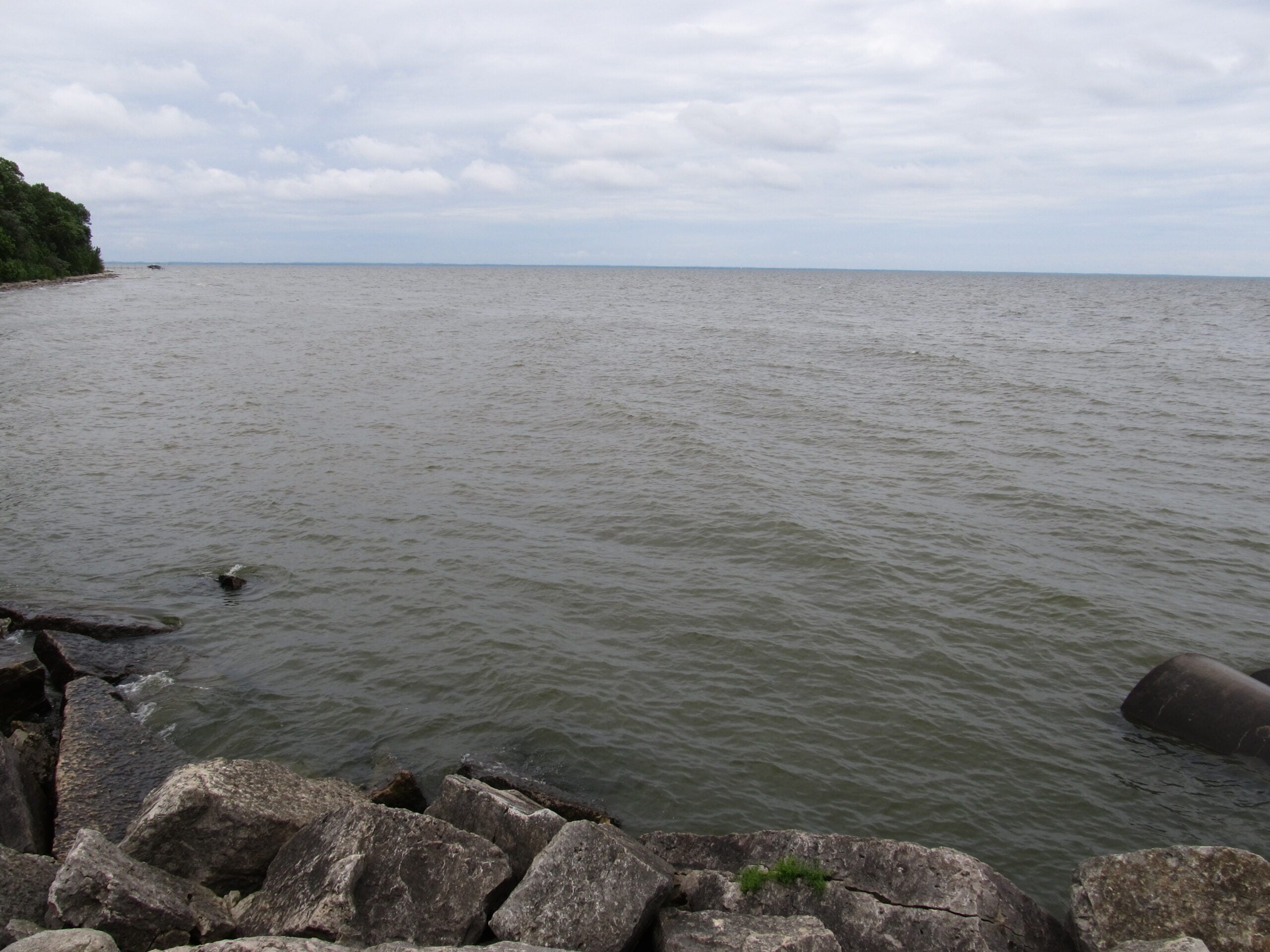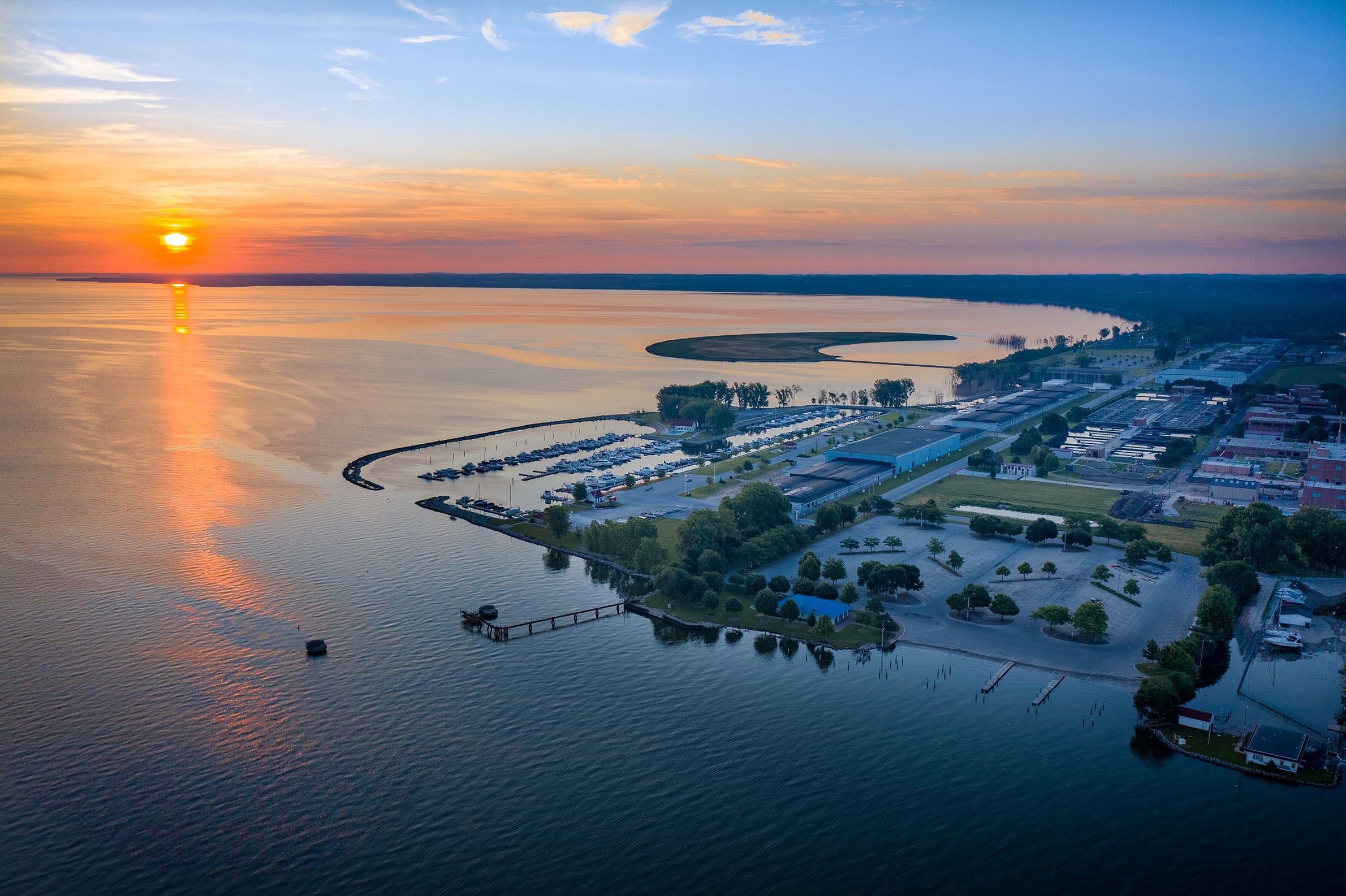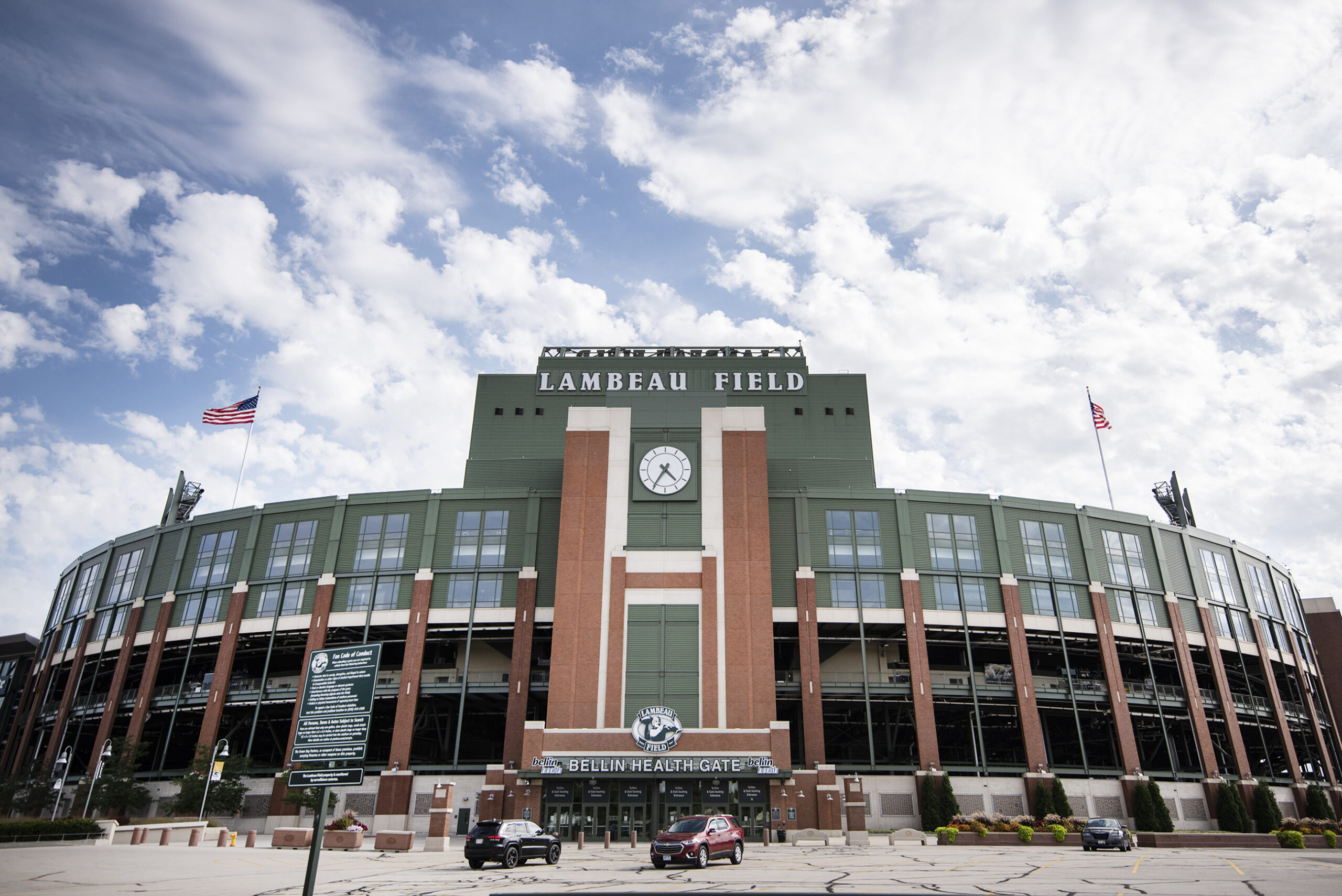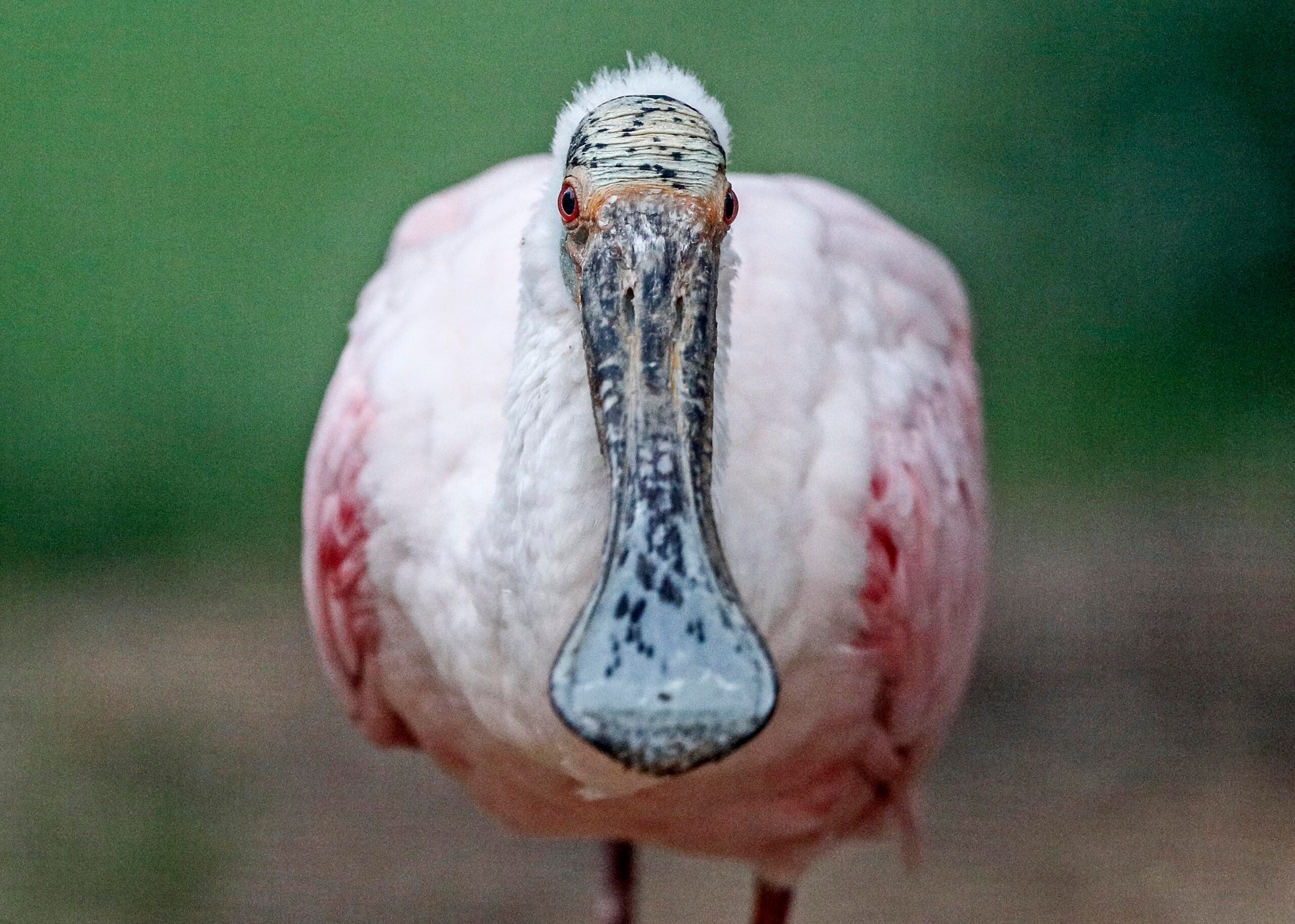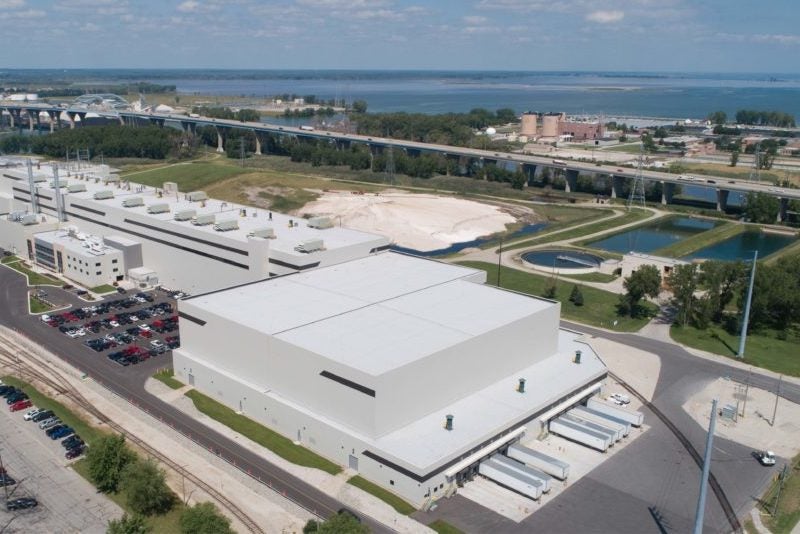A “dead zone” similar to those already found in the Gulf of Mexico and in Lake Erie has been confirmed in Green Bay.
The area of dead algae was created because of phosphorous runoff from agricultural fields and urban sources that enters the Fox River and moves north to Green Bay. Algae feed on phosphorous, grow, die, and then fall to the bottom of the bay.
Kevin Fermanich, an environmental science professor at the University of Wisconsin-Green Bay, says the algae block oxygen, affecting sport fish and the mayfly larvae they feed on.
Stay informed on the latest news
Sign up for WPR’s email newsletter.
Fermanich says there’s been evidence of the zone for decades. However, he says recent research by the Green Bay Metro Sewerage Department and UW-Green Bay students shows it is getting worse. “It is getting more persistent,” he says.
Fermanich says the dead zone is mobile. It begins in an area off the town of Dyckesville which is located to the north of the city of Green Bay. From there the zone can extend for miles to the north and south.
“It can reach all the way to the mouth of the bay,” says Fermanich. “It may exist for a couple of days, and then we might get a wind from the southwest that will mix the bay … and that will re-aerate the bottom water.”
Fermanich says there are ways to prevent making the dead zone worse than it already is. He says wetlands and buffer strips can keep phosphorous out of the Fox River and its inlets.
Wisconsin Public Radio, © Copyright 2024, Board of Regents of the University of Wisconsin System and Wisconsin Educational Communications Board.

